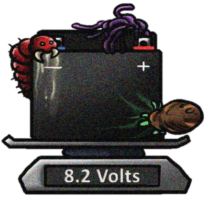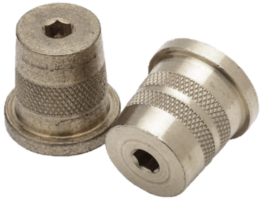Hawker Headlines
Fall 2023 Edition
Quick Tips!
Depending on size, lead-acid batteries can be heavy.
In fact, a standard 6TMF flooded-cell battery weighs about 75 pounds…
and a Hawker® ARMASAFETM Plus 6TAGM battery weighs 88 pounds!
Be safe and do your back a favor…
ask a buddy to help you lift and install a heavy battery.

Answer to question from last issue:
What effect can a parasitic load or drain have on my battery?
The effects of a parasitic load on an automotive battery can be significant and include:
1. Battery Drain: The most immediate effect of a parasitic load is that it leads to the gradual discharge of the battery over time. If the parasitic load is substantial (either low amperage over a long period of time or high amperage over a short period of time) it can drain the battery to a point where the vehicle won't start.
2. Reduced Battery Life: Though Hawker® AGM batteries are designed for regular and deep-cycle use, discharging the battery below recommended levels can significantly reduce the overall lifespan of the battery. In fact, over-discharging can cause permanent internal damage and lead to premature failure.
3. Inoperable Vehicles: If the parasitic drain is substantial and goes unnoticed for an
extended period, it can result in a situation where the vehicle doesn't have enough
charge left to provide engine start. That’s never good, especially in combat!
4. Increased Maintenance Frequency: Continuous battery drain can mean more frequent
charging or replacement of the battery, leading to increased unit maintenance costs.
5. Electrical System Malfunctions: In some cases, a parasitic load could cause control modules or electronic systems to malfunction or behave unexpectedly, potentially leading to issues with other vehicle functions.

Did you know?
Battery terminals are the electrical contact points used to connect a load (e.g., a vehicle) or a charger. One terminal is marked positive (+) and the other is marked negative (-). For standard vehicle batteries, the terminals are normally on the top of the battery but may also be found on the side (e.g., Group 75 and Group 78 battery designs). In the United States, typically the terminals will be standard SAE terminal posts (most widely used), threaded studs, or threaded receptacles.

Training:
Free Battery Training. Call: 877.485.1472


